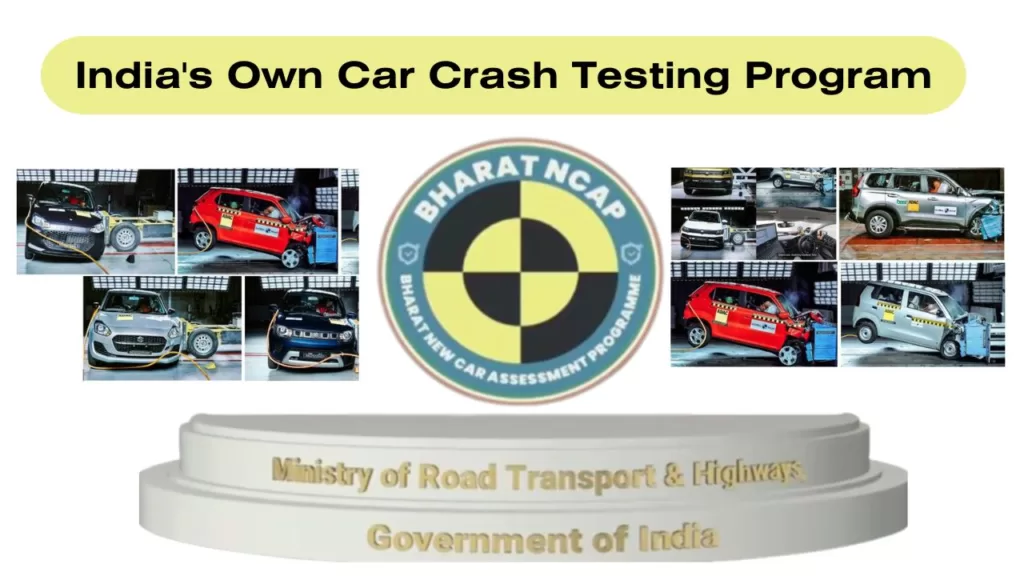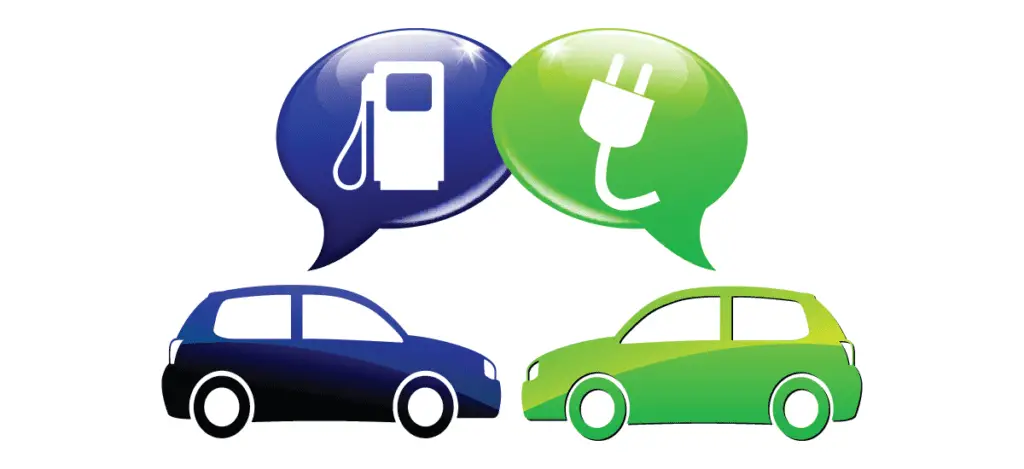If you are an ordinary car buyer in India, the mileage may be a key factor in your car buying preferences, following price considerations and before examining safety features. Many car buyers in India carefully check the mileage of cars on automotive websites immediately after looking at the prices. Let’s delve into the details ARAI Mileage, Global Survey and discover Why ARAI Mileage is always wrong.

What is ARAI :
The organization responsible for testing the mileage of vehicles in India is ARAI (Automotive Research Association of India).ARAI, established in 1966 by the Government of India, is an independent cooperative organization affiliated with the Ministry of Heavy Industries. It focuses on research and development and standardization in the automotive industry. ARAI conducts various tests on vehicles, including fuel efficiency or mileage tests. These tests are performed either in ARAI’s standardized lab or in the manufacturer-owned lab under the supervision of an ARAI representative.
What is ARAI Mileage?
ARAI mileage refers to the fuel efficiency of a vehicle as measured by the Automotive Research Association of India (ARAI). It is determined through controlled testing using a chassis dynamometer, simulating road conditions. The test calculates average fuel consumption over 10 kilometers at different speeds. While ARAI Mileage provides a useful basis for comparing fuel efficiency, real-world factors like traffic, weather, and driving style can cause actual mileage to vary.
Why ARAI Mileage is always wrong :
The mileage tests conducted by ARAI are a by-product of the emission tests. A fuel flow meter measures the emissions, and using an empirical formula, the fuel efficiency is calculated. However, the Indian Driving Cycle (IDC) used by ARAI does not accurately represent real-world driving patterns. It is a short test of 19 minutes, conducted at room temperature in laboratories, without considering factors like sudden acceleration, potholes, difficult terrains, and air conditioning.
Similar issues with mileage tests can be observed in other countries as well. Europe has adopted the Worldwide Harmonized Light Vehicles Test Procedure (WLTP), which is more comprehensive than the previous test. The United States Environmental Protection Agency (EPA) conducts the federal test procedure, which includes cycles for high-speed acceleration, air conditioning, and cold temperatures. Despite these tests, the results obtained in laboratories are not accurate representations of real-world mileage.
We have provided a dedicated article that offers comprehensive information about 2023 Bharat NCAP For further details we recommend referring to our article.
2023 Bharat NCAP Launched: India Introduces its Own Car Crash Testing Program

Mileage Discrepancies: Lab vs. Real-World in EV’s
Even electric and hybrid vehicles face similar problems with mileage testing. Different organizations conduct tests at different temperatures, leading to variations in mileage figures. In India, Tata Nexon EV‘s claimed mileage by ARAI was 312 Km per charge, but consumers reported getting around 220-250 Km, which is 70-80% of the claimed mileage.
The main reason these organizations conduct tests in laboratories is to ensure fair play. Real-world driving conditions are challenging to replicate consistently, and factors like traffic, sudden braking, sudden acceleration, temperature, and wind speed can affect mileage. Testing in laboratories provides controlled and repeatable conditions, but the results may not match real-world driving experiences.

Difference between ARAI mileage and city mileage:
| Feature | ARAI Mileage | City Mileage |
|---|---|---|
| Driving Conditions | Controlled environment on chassis dynamometer | Real-world urban driving conditions |
| Factors Considered | Includes highway and city driving | Reflects traffic, weather, and individual driving style |
| Typical Value | Generally higher than city mileage | Typically lower than ARAI mileage |
| Relevance for Drivers | Useful for comparing vehicles in controlled setting | More relevant for everyday urban driving experiences |
Ford Global Survey:
According to a global survey conducted by Ford, it was found that 67% of Indian consumers prioritize fuel efficiency when buying a new car. Only 33% of buyers consider factors such as engine power or performance. This survey was conducted in 11 Asian markets, including Australia, Hong Kong, Malaysia, South Korea, Taiwan, and New Zealand. Surprisingly, India ranked second lowest in this survey, with a high percentage of people solely considering mileage when purchasing vehicles. To comply with government regulations and avoid legal issues, companies often highlight the official mileage data and display a star mark on advertised mileage. Therefore, when buying a new car, it is advisable to expect 20-30% lower mileage compared to the mileage claimed by the Automotive Research Association of India (ARAI) for that specific vehicle.
While the accuracy of mileage tests is beyond individual control, sharing this information with family and friends can increase awareness.
| Survey Insights | |
|---|---|
| Survey Conducted by | Ford |
| Focus Region | 11 Asian markets |
| Notable Markets | India, Australia, Hong Kong, Malaysia, South Korea, Taiwan, New Zealand |
| Indian Consumers | Prioritizing Fuel Efficiency: 67% |
| Consideration Factors | Engine Power/Performance: 33% |
| Indian Ranking | Second Lowest (Mileage Priority) |
| Industry Practice | Highlighting Official Mileage, Displaying Star Mark for Advertised Mileage |
| Mileage Discrepancy | Expect 20-30% Lower Mileage than ARAI Claims |
| Awareness Strategy | Share Information to Increase Awareness |
Conclusion:
In conclusion, the advertised mileage of cars in India, determined by ARAI tests, may not accurately reflect real-world driving conditions. Factors like the limited scope of laboratory tests and the absence of real-world driving scenarios contribute to this discrepancy. Therefore, car buyers should be aware that the actual mileage experienced may be lower than the figures claimed by manufacturers. It is important to consider other factors alongside mileage when making a car purchase decision.
FAQs
Q1: What is the primary objective of ARAI?
ARAI’s primary objective is to conduct research, provide technical expertise, and facilitate the growth of the Indian automotive industry.
Q2: How does ARAI contribute to vehicle safety?
ARAI contributes to vehicle safety by conducting crash tests, and safety evaluations, and setting comprehensive safety standards for the Indian automotive industry.
Q3: What are some of ARAI’s core competencies?
ARAI excels in emission testing and certification, vehicle performance evaluation, homologation and type approval, and research and development.







